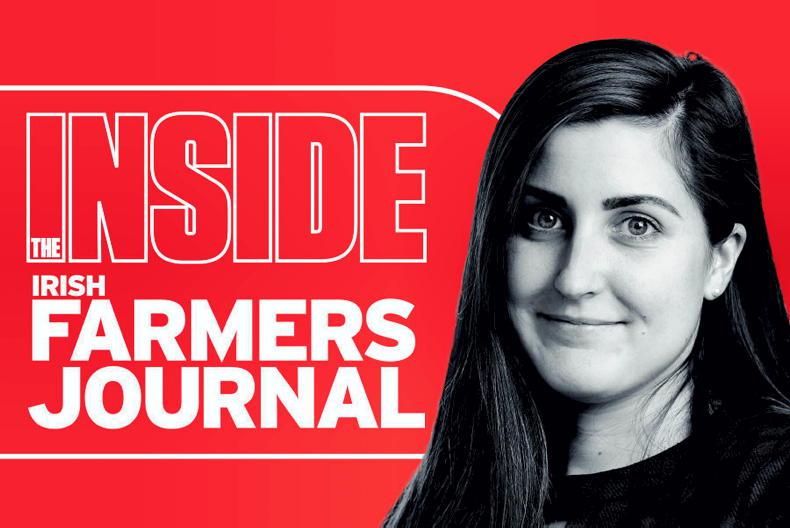The imposition of a linear cut on direct payments in order to fund the 2022 national reserve has been described as unacceptable to farmers by the Irish Farmers' Association (IFA).
Applications to the national reserve for 2022 have doubled this year, with close to 1,600 being received compared with an average of 850 for the period from 2018 to 2021.
A linear reduction of approximately 0.6% to all payment entitlements in 2022 will be imposed by the Department of Agriculture to meet the increased demand.
However, the move has been opposed by the IFA, with the association’s deputy president Brian Rushe claiming that the primary beneficiaries will be part-time farmers with sizeable off-farm incomes.
Removal of upper limit
Rushe blamed the recent surge in applications to the national reserve on the removal of the upper off-farm income threshold of €40,000, which was a requirement prior to 2022.
“Irish farmers have made a very positive contribution to young farmers in terms of funding and allocation of additional entitlements through the national reserve.
"However, this move allows people who don’t have farming as their primary source of income to secure entitlements at the expense of those who rely on farming for their livelihood,” he said.
Unjustified
IFA rural development chair Michael Biggins said a linear cut to fund the national reserve could not be justified.
“The Department of Agriculture previously outlined that unused funds from the Young Farmer Scheme could fund the national reserve for 2022.
"[The] IFA reiterated that any cut is unacceptable and unused funds from the Young Farmer Scheme and other schemes must be directed to fund the reserve,” he said.
A total of 740 farmers - of which 678 were young farmers - received an average allocation of €5,460 in entitlements from the national reserve in 2021.
A further 5,129 young farmers received an average of €2,270 in payment top-ups under the Young Farmers Scheme in 2021.









SHARING OPTIONS